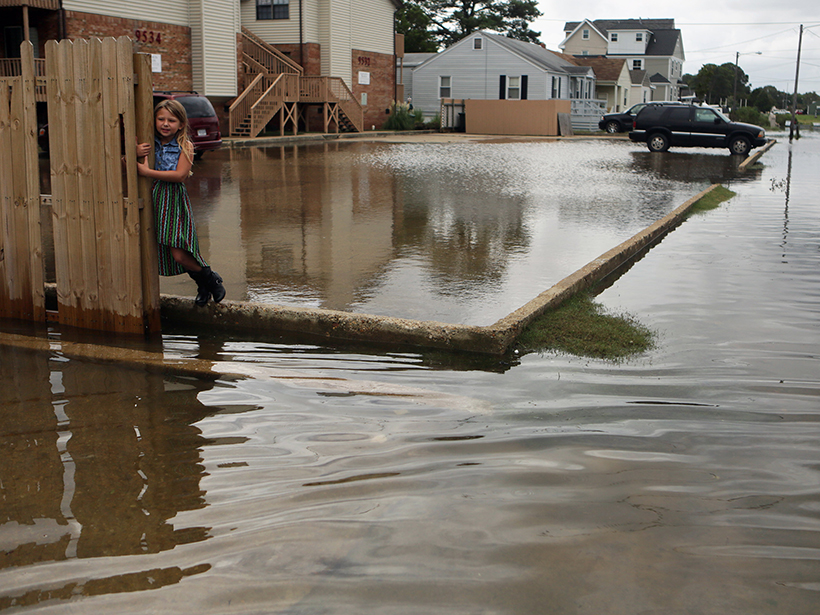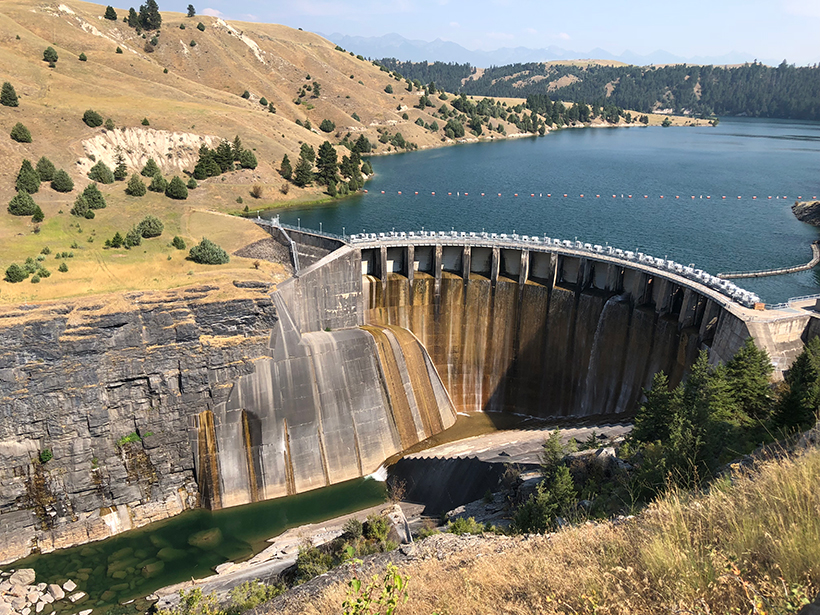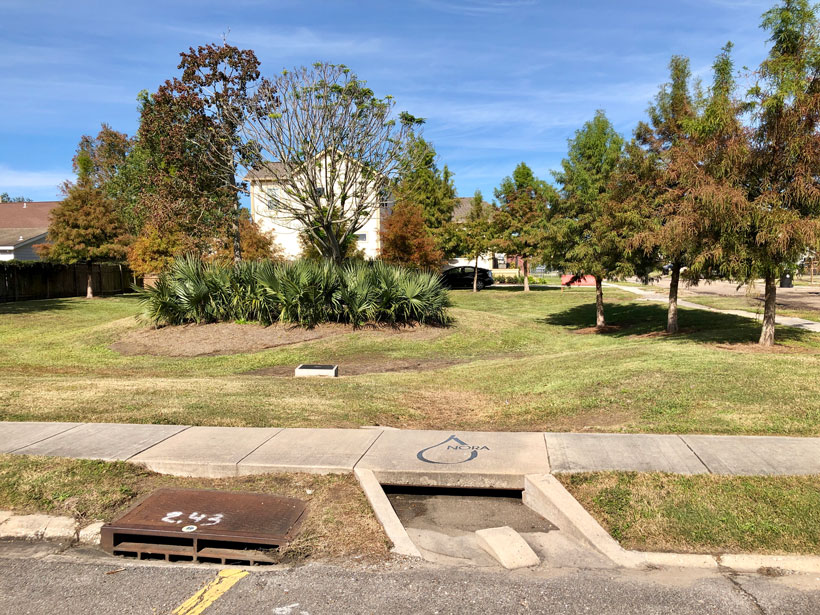The online community of the Milky Way Project citizen scientists helped scientists identify compact star-forming regions now known as yellowballs.
crowdsourced science
A More Accurate Global River Map
A new map of global river systems is based on crowdsourcing and the latest topography data sets.
Science in This Century Needs People
An ecologist built an army of beach surveyors over 20 years and now has the world’s largest data set of marine bird mortality informing climate change and disaster studies.
Grassroots Group Commended for Work on Flooding by Virginia House
Stop the Flooding NOW was founded by Virginia Beach residents who wanted to take action to address the chronic flooding in their community.
Indigenous Symposium on Water Research, Education, and Engagement
Water in the Native World: The Intersection of Hydrology and Indigenous Knowledge; Pablo, Montana, 1–4 August 2018
A Meteor Struck the Moon During the Total Lunar Eclipse
Telescopes around the world detected an impact event on the lunar surface just before totality on Monday. Amateur and professional astronomers are starting to coordinate data.
Community-Driven Science: Update on the Thriving Earth Exchange
As AGU marks its Centennial, our organization’s program that recruits volunteer scientists to help with local priorities celebrates 5 years of working in communities representing 12 million people.
Crowdsourcing Snow Depth Data with Citizen Scientists
A new project harnesses the power of the winter backcountry recreation community to gather data that are vital to understanding snow, from winter hazards to water resources.
AGU-Led National Study: Citizen Science Can Aid Science Learning
Improved design of citizen science projects in which nonscientists and scientists collaborate can boost the amount of science learning by nonscientists and communities.
Atmospheric Teleconnections: Advanced Tools and Citizen Science
GOTHAM International Summer School on Global Teleconnections in the Earth’s Climate System – Processes, Modelling and Advanced Analysis Methods; Potsdam, Germany, 18–22 September 2017










